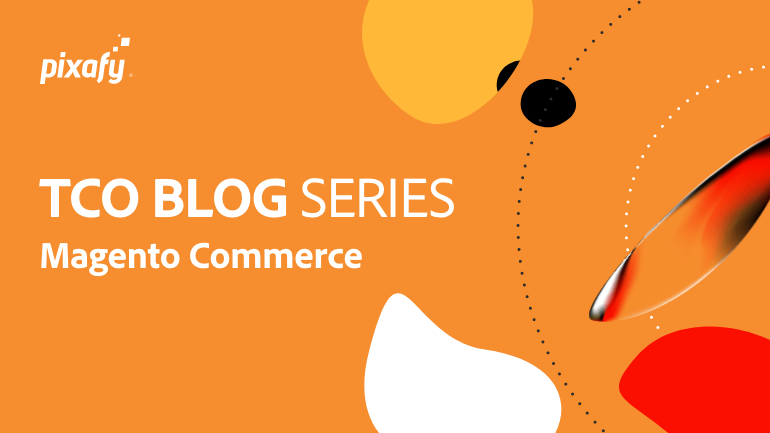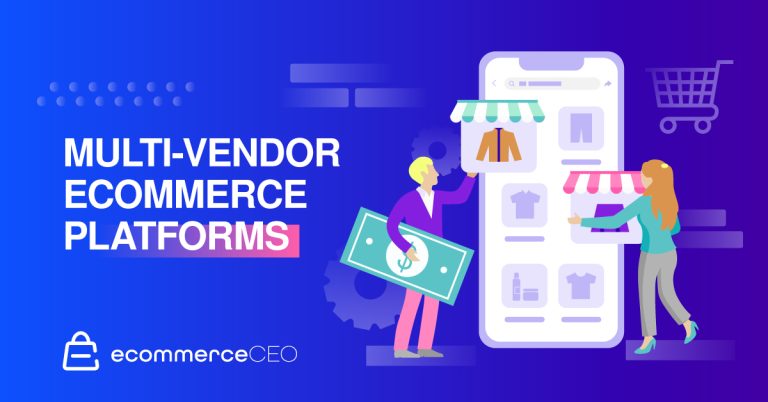
How many software services is your business currently using to manage your eCommerce? According to Blissfully, companies with anywhere from 1 to 10 employees use an average of 26 software-as-a-service (SaaS) applications, while those with 251 to 1,000 employees typically use 124.
While these SaaS applications help businesses create well-functioning systems in this digital age, they bring more value to the organization when connected. Integration is necessary for creating and managing seamless back-end information flows to efficiently and effectively meet customer demand, but creating this inter-platform connectivity has never been a straightforward or affordable process.
That is, until integration-platform-as-a-service (iPaaS) came on the scene. iPaaS is a cloud-based solution that helps businesses securely access their data across applications and locations in real time, while also providing streamlined data analysis and management. This technology helps businesses break down data silos to avoid the common frustrations that legacy integration techniques face, all while lowering the total cost of ownership (TCO).
For a more thorough definition of iPaaS, review this helpful definition from Gartner.
What you need to know about TCO for integration
When a business purchases software that is built on a SaaS framework, it is not only paying for upfront fees and costs, it is also committing to additional expenses for as long as it uses the service. Initially, companies have the choice of open-source software (OSS) or paid. As the name suggests, the former is when a business is able to make changes to the software themselves. While it manipulates the software in-house, it may have to pay for additional assistance from its vendor. Typically, the TCO is lower, but internal teams must be ready to use the software and troubleshoot.
Paid software, whether hosted on premise or in the cloud, includes more variable costs and typically has a higher TCO. The total cost depends on the complexity and functionality of the software, but ongoing support is typically included in what a business receives from the vendor.
So in some ways, TCO can be like an iceberg, especially for paid software. Businesses see what they are paying for up front, but there is a myriad of other costs beneath the surface that they must account for lest they get in over their heads. In this article, Victor Maia, head of community at SaaSholic, highlights some of the hard and soft costs of TCO.
Hard costs are the top of the iceberg that you see upfront and include such things as:
• Space
• Procurement
• Infrastructure
• Monitoring
Soft costs that sit just below the surface would be anything unexpected, such as:
• Unscheduled downtime
• Inefficient data storage
• Possible breaches
Both types of costs contribute to TCO, and a business must consider all the hidden fees in addition to upfront expenses to choose an integration software that is both efficient and sustainable.
Leveraging iPaaS to reduce TCO
In today’s technology-driven world, it’s essential to integrate eCommerce and ERP systems to create an efficient business. As front- and back-end systems effortlessly mingle, customers benefit from an improved experience and businesses optimize their sales and marketing efforts in addition to enhancing their supply chain.
Integration is especially prone to hidden costs that increase TCO because of the many steps involved in the process. Customizing workflows, converting data, and testing the integration can all add to the initial expenses along with the soft costs previously outlined. While TCO and hidden costs may seem like an unavoidable part of integrating eCommerce systems, iPaaS is the solution businesses are leveraging to reduce fees across the board, and it’s no wonder why.
This software allows companies to use a single platform for all their integrations. This capability means businesses immediately have fewer vendors to manage and less complexity when it comes to connecting essential eCommerce and ERP systems.
Furthermore, businesses can set the parameters for connections and other data rules, and iPaaS will create a centralized, scalable hub that manages and modifies data as it’s available. Companies own their integrations, allowing them to support the software directly in-house instead of using a black box or point solution. This is the best of both worlds because businesses can manage costs in-house by completing their own integrations while still receiving assistance from a trusted vendor.
By 2023, Market Research Future estimates that the global iPaaS market will generate $2 billion in revenue, a 22% annual increase from 2017. The drastic increase in use is because businesses are realizing how scalable and user-friendly iPaaS is in addition to being cost-effective.
Measuring the value of eCommerce integration
To measure the value of iPaaS, it’s important to look beyond the operations of the system. iPaaS provides businesses with immense value in the long run, as it’s easier to upgrade and needs less custom code, which saves organizations time and money. There is less system downtime and teams can dedicate more time to revenue-increasing tasks respectively.
While businesses can use hard data regarding breaches and broken integrations to review the success of their iPaaS, it’s also necessary to consider some of the overarching benefits of connecting systems. For instance, are customers having a better shopping experience? Are they finding personalized pricing options and streamlined shipping to be increasing their chances of making a repeat purchase?
On the internal side of things, one can see whether teams are having an easier time managing and changing the iPaaS system and are experiencing less downtime. These factors may not be an obvious return on investment, but they add up. More sales and extra hours to focus on other aspects of the business are indispensable to an organization trying to sustain growth in uncertain times.
TCO should never deter businesses from installing integrations and connecting their important information. Leveraging a leading iPaaS solution can help your organization reduce TCO and its hidden costs while providing a competitive advantage that delivers a better customer and user experience.
A Bronze partner in the Adobe Solution Partner program, Pixafy is a leading ERP + eCommerce integration expert that understands what it takes to create a secure and affordable path to connecting your systems. They utilize the Dell Boomi iPaaS, a leader of iPaaS software to provide businesses greater usability and better functionality than other market offerings. As the first iPaaS solution in the industry, Dell Boomi has scalable architecture and a proven track record of providing businesses with a high ROI.



![[Infographic] How Consumers Will Shop This Holiday Season & Beyond](https://technobabble.com.au/thegatewaynetau/wp-content/uploads/sites/11/2021/03/infographic-how-consumers-will-shop-this-holiday-season-beyond-768x5405.png)